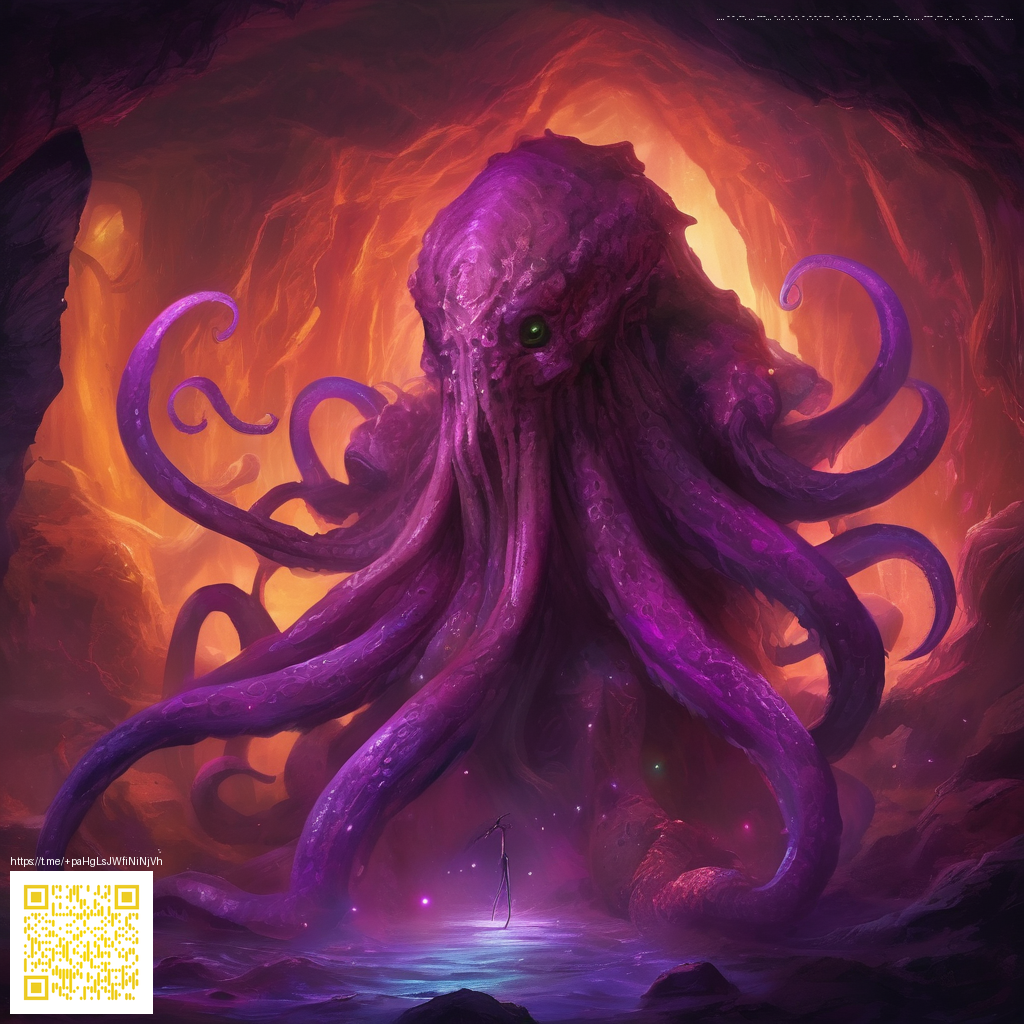
Digital Paper and the Rise of Modern Design for Book Covers and Stationery
In today’s design landscape, digital paper isn’t just a backing material—it’s a concept that informs texture, color, and storytelling on physical surfaces. Designers are increasingly treating digital patterns as living inspirations that can be translated into real-world book covers, journals, and stationery. The result is a tactile experience that holds the precision of digital art while inviting the warmth of traditional printmaking. When you explore this space, you’ll notice that digital paper serves as a bridge between immediate visual impact and durable, tangible objects that people use every day.
Why digital-native patterns translate so well to physical formats
Digital paper thrives on flexibility. A single vector or raster pattern can be scaled, recolored, or retextured without material waste, making it ideal for small runs and customized projects. For book covers, this means more expressive jackets—complex gradients, micro-patterns, and abstract motifs that remain crisp when printed on matte or satin substrates. For stationery, the same approach supports coordinating sets: notebooks, folders, and greeting cards that share a cohesive language across cover, interior pages, and packaging. If you’re testing new ideas, a Customizable Desk Mouse Pad from a trusted supplier can act as a practical stand-in for evaluating how digital textures feel in a everyday context before committing to larger print runs.
Design trends shaping digital paper in 2025 and beyond
- Micro-patterns and modular textures that repeat at tiny scales, offering depth without overwhelming the page.
- Tactile finishes that mimic soft-touch laminates or velvet papers, giving physical surfaces a premium, interactive feel.
- Digital foiling and metallic cues simulated through printing techniques for subtle shine without the production complexities of real foil.
- Sustainable substrates and inks aligning digital aesthetics with eco-conscious print practices.
- Personalization through scalable patterns so that each book or stationery set can tell a unique story while maintaining brand coherence.
“The best digital paper designs are those that translate seamlessly from screen to sleeve, from cover to pocket, without losing the nuance of the original artwork.” — a studio designer
For practitioners, the key is to think in systems. A digital pattern isn’t just a single motif; it’s a module that can drive color palettes, typographic choices, and material finishes across an entire product family. When you align a digital approach with actual production considerations—color management, substrate compatibility, and proofing workflows—you gain confidence that your online concepts will reproduce faithfully in print. This mindset is especially valuable for printed book covers and stationery sets that aim to make a memorable tactile impression as much as a visual one.
Contemporary designers also look to related resources to stay current. If you’re curious about broader design trends, a good reference point is a concise overview available here: https://11-vault.zero-static.xyz/19170187.html. It provides context on how digital aesthetics are evolving in print and product design, which can inform decisions about digital paper choices for your next project.
Practical considerations when choosing digital paper for books and stationery
- Color reproduction: Confirm how your digital file translates to CMYK or spot colors on your chosen substrate, and request proofs to verify accuracy before mass printing.
- Texture and finish: Decide whether a matte, soft-touch, or lightly textured surface best complements the pattern and enhances legibility for body text, headlines, and decorative elements.
- Substrate compatibility: Match paper weight, binding method, and ink system to ensure durability of the cover or set without compromising flexibility.
- Proofing workflow: Use digital proofs that simulate real-world lighting to anticipate how the design will appear under different environments (storefront, bookstore lighting, or consumer home lighting).
In practice, designers may experiment with tangible test objects to gauge how digital designs feel offline. This hands-on step helps refine edge crispness, color density, and perceived depth before final production. For teams exploring these concepts, referencing a tangible test platform such as a customizable desk accessory can provide quick feedback on layout and texture adaptations in a real-world setting.
As you translate digital motifs into physical formats, keep your audience in focus. A thoughtful digital paper strategy should support readability and durability while delivering a distinct personality that differentiates your covers and stationery from the crowd.